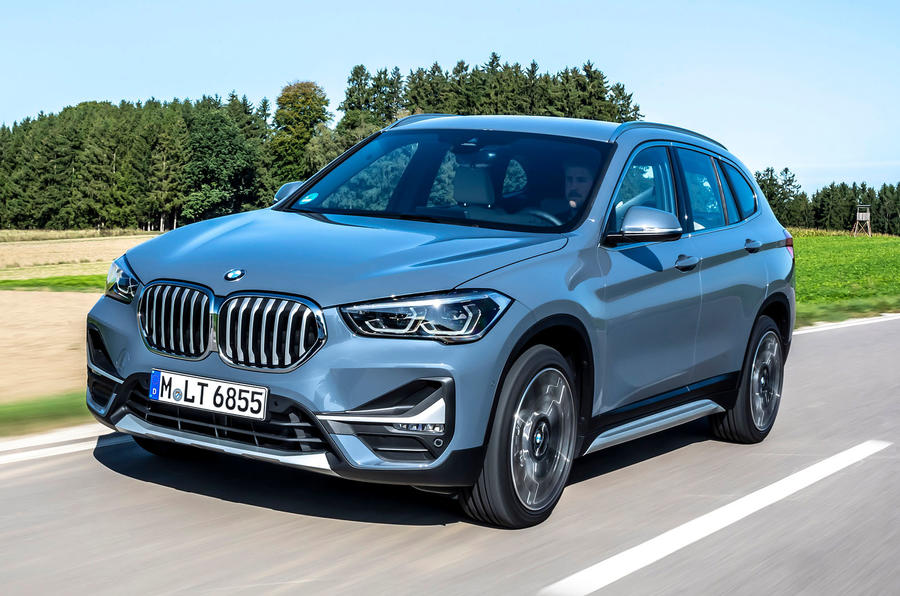What is it?
The second-generation BMW X1 has been a huge success for BMW. Since its launch in 2015, sales of the high-riding Audi Q3 and Lexus NX rival have significantly outnumbered those of the model introduced back in 2009, hitting a peak of more than 280,000 units worldwide last year.
However, enduring success in the premium compact crossover-cum-SUV ranks is by no means a given, even with a model so keenly sought as the BMW X1. So, with the spectre of tougher emission regulations requiring upgrades in engine technology and new competition in the form of the impressively credentialed Mercedes-Benz GLB, BMW has decided the time is ripe to ring the changes.
The styling revisions brought in the mid-life facelift for the X1 are more substantial than we’re used to seeing from BMW – acknowledgement, if you will, that the exterior design of the second-generation model has perhaps lacked the visual impact of its rivals up to now.
Included are new LED headlights, a more prominent grille, a revised front bumper and rectangular floglights in place of the round units used before. There are also revised LED tail-lights, a revised rear bumper and a new range of alloy wheel designs to choose from.
Inside, BMW has concentrated its efforts on giving the X1 a more upmarket air, with higher-quality materials and new features, including a 10.3in infotainment touchscreen that can also be operated by a rotary controller and voice commands.
The facelifted X1 line-up starts with the front-wheel-drive sDrive16i, featuring a turbocharged 1.5-litre three-cylinder petrol engine, and culminates with the model driven here, the four-wheel-drive xDrive25d, with a turbocharged 2.0-litre four-cylinder diesel engine.
In all, there are seven different X1 models, including the new xDrive25e plug-in hybrid that's planned to follow the initial facelifted line-up into showrooms in the UK in 2020, offering an electric-only range of up to 35.4 miles on the WLTP test cycle.
Three models offer the choice of front or four-wheel drive, while the remainder feature four-wheel drive as standard.






















































Join the debate
Add your comment
Interior or Exterior?
Personally, I really enjoy the subtle exterior of this automobile. The interior seems a bit tacky, but it happens. Thanks for the great review, appreciate the fantastic content.
This car could definitely use a Rocket City Auto Detail!
Big wheels
The reviewer states that the car was fitted with optional 19” wheels, and then goes on to complain about the ride quality.
Yet another car ruined by the modern obsession with huge wheels. I remember the Lotus Esprit Turbo of the 1980s. That car had 15” wheels and big fat tyres. I don’t recall anyone ever saying that car had any problems with its ride quality or handling abilities. Reliability, well, that’s another issue altogether!
But........!
What if you don't like Deisel?, every thing seems geared to having a Deisel, what's wrong with a two litre Petrol?, it could depend on your circumstances couldn't it?, if you only do say 10-12,000 a year, then you'll not be keeping it long enough to see the benefits,all the Mags test the Deisel variants rarely a Petrol version....?